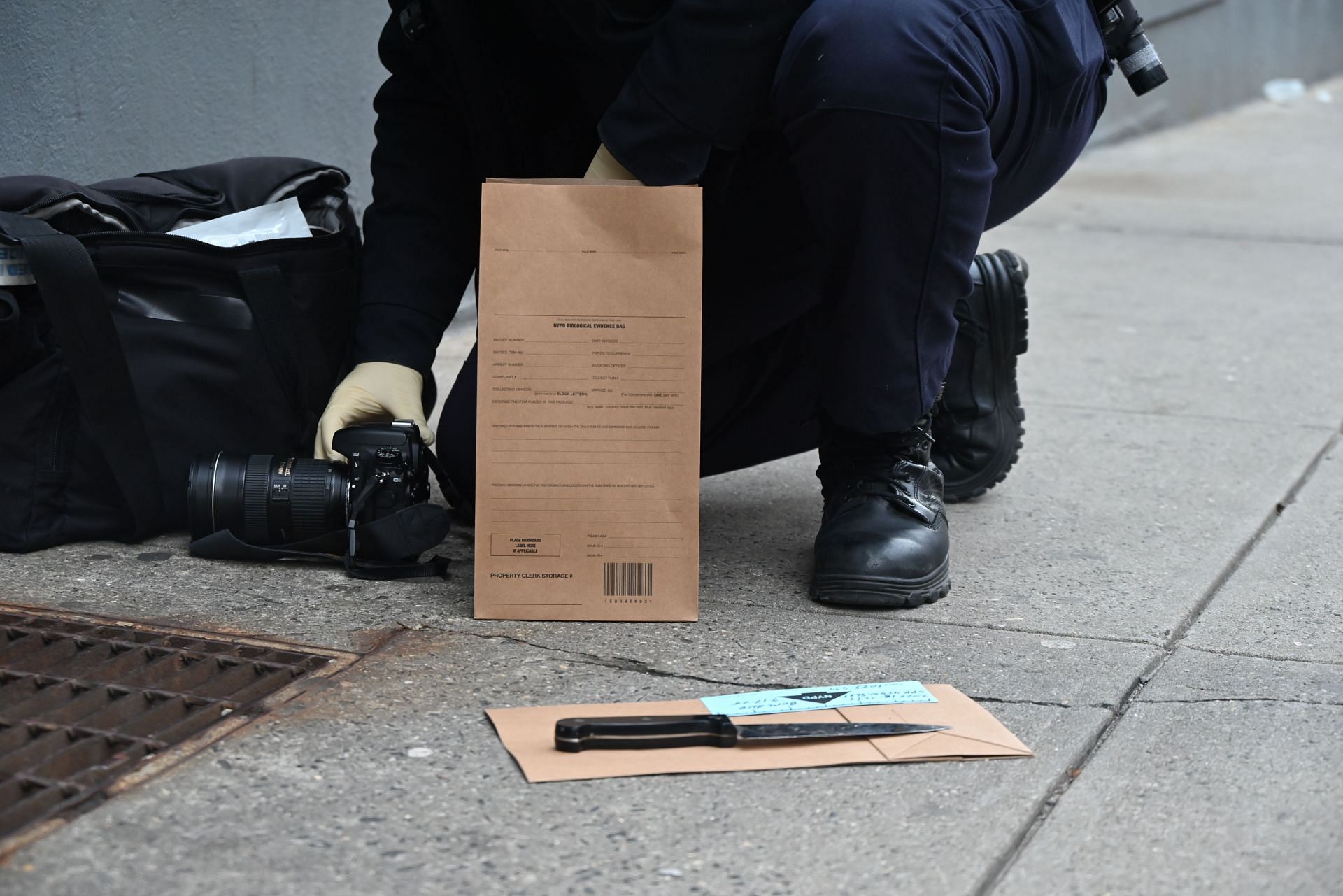What happened to Jeanie Childs? Details explored ahead of 48 Hours on CBS

Jeanie Childs, 35, was discovered dead inside her Minneapolis apartment on June 13, 1993, following a violent attack. Her body, discovered in a blood-soaked room with over 60 stab wounds, was located after neighbors reported water leaking from her unit. Despite the collection of physical evidence, including bloody, barefoot prints, the case went cold for over two decades.
In 2015, authorities reexamined the evidence using forensic genetic genealogy. In 2019, investigators linked Jerry Westrom, a businessman from Minnesota, to the case after collecting DNA from a napkin he threw away at a hockey game. Forensic analysis later showed that his footprint matched the bloody print found at the scene.
In 2022, a panel of jurors determined that Jerry Westrom was responsible for committing premeditated murder.
48 Hours will revisit the long-unsolved homicide in its upcoming episode, The Footprint, airing May 17 on CBS and streaming on Paramount+. The episode explores how modern forensic tools and persistent investigation finally led to an arrest in the Jeanie Childs case nearly thirty years after her death.
Investigators traced Jerry Westrom in 2019 when DNA recovered from something he tossed in public aligned with genetic material from the Jeanie Childs crime scene
The 1993 murder of Jeanie Childs in Minneapolis went unsolved for over two decades despite critical evidence collected at the scene. Jeanie Childs was found in her apartment with over 60 stab wounds and blood spread across the walls, floor, and furnishings.
A notable detail from the crime scene included bloody footprints left behind by someone not wearing shoes. Investigators ruled out Jeanie Childs as the source since she was still wearing socks when found, marking the prints as a potential link to her killer.
Authorities initially suspected her then-roommate, Arthur Gray, but he was cleared after his alibi placed him out of town, and his footprints failed to match those found at the scene. In 2015, forensic scientist Andrea Feia identified an unidentified DNA profile on multiple pieces of evidence gathered from the apartment.
When investigative genetic genealogy was employed in 2018, the search pointed to Jerry Westrom, a Minnesota businessman with prior legal issues.
Genetic genealogy and a discarded napkin connected the suspect
Law enforcement tracked Westrom to a hockey game in Wisconsin in January 2019 to confirm the lead. After he discarded a napkin and a food container, investigators collected both items and ran DNA testing.
The DNA-matched samples found at the original scene included a bloody towel and a comforter. As per the CBS News report dated May 16, 2025, Westrom was taken into custody the next month and claimed he had no link to Jeanie Childs.
The next step was forensic confirmation of the bloody footprints. Minneapolis Police forensic expert Mark Ulrick analyzed the footprints by studying the friction ridge patterns on the soles, which were eventually matched to Jerry Westrom.
His defense team countered by hiring their own expert, but the jury ultimately found the prosecution's forensic evidence credible. As per WCCO-TV, cited in the CBS Minnesota report dated May 1, 2025, juror Derek Fradenburgh later said,
"The bloody footprint, in conjunction with his DNA being found at the scene ... We know he was there at the time when she was murdered."
The case's outcome and its feature on 48 Hours
The case went to trial in August 2022. Westrom received a life sentence after being found guilty of first-degree murder. Although the Minnesota Supreme Court later vacated his second-degree murder conviction due to a legal technicality, his first-degree conviction remained. The U.S. Supreme Court declined to review the case in 2024.
The story is now the focus of an upcoming episode of 48 Hours titled The Footprint, airing May 17, 2025, at 10 pm ET/PT. The breakthrough hinged on a single napkin and a print left in blood, underscoring the lasting impact of evolving technology in solving cold cases.
Stay tuned for more updates.




